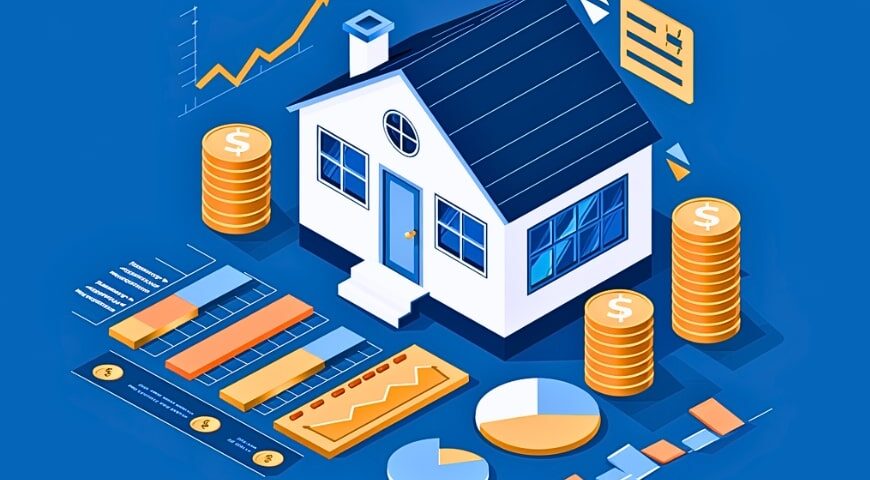
As the housing market shows signs of thawing, a key factor influencing its dynamics is the “mortgage lock-in” phenomenon. This effect results from the hesitancy of existing homeowners to sell their properties. It is due to their desire to retain the lower mortgage rates they secured in the past. This post will explore the effect of homeowners wanting to stick with their lock-in mortgage rate.
The Impact of Mortgage Lock-in Rate
JPMorgan Asset Management emphasized how homeowners wanting to stick with their existing rate is impacting the housing market. There has been a notable decline in home sales in recent years, reflecting market challenges. However, recent trends suggest potential improvement in housing market activity.
There are encouraging indications that the grip of the mortgage lock-in effect may be loosening. Increasing numbers of mortgage-locked sellers are listing homes, which indicates a market sentiment shift. February’s existing home sales surged by 9.5%, supporting the upward trend in the market.
Despite high mortgage rates, economists observe increased homeowner willingness to participate in the market. It reflects a shifting sentiment among homeowners regarding housing market participation. This newfound willingness to sell contributes to addressing the persistent issue of low housing inventory. Additionally, the construction of new homes adds further supply to the market, with approximately 1.6 million homes currently in development.
Stephanie Aliaga, a global market strategist at JPMorgan, notes positive trends in the housing sector. Her observations signal encouraging signs of progress in the market’s dynamics. These trends are starting a shift favoring homebuyers, who have faced challenges due to an imbalance between supply and demand. Limited options and soaring home prices have characterized the market in recent years.
Despite positive indicators, experts warn of a slow recovery pace for the housing market. This caution stems from the complex dynamics influencing supply and demand. Realistic expectations favor the view that supply may take several years to align with demand fully. Persistent concerns surround the extended effects of the mortgage lock-in phenomenon. Experts are wary of its continued influence on housing market dynamics. Researchers caution that their influence will persist long-term unless mortgage rates decrease significantly.
The evolving dynamics of the housing market highlight the complex interplay between homeowner sentiment, market conditions, and other economic factors. While recent trends offer hope for a revitalized housing sector, market participants must be strategic when buying and selling homes.
For more information or help with real estate services, contact Emily Hawkins at 206-669-6902. Follow us on Facebook for more updates!



